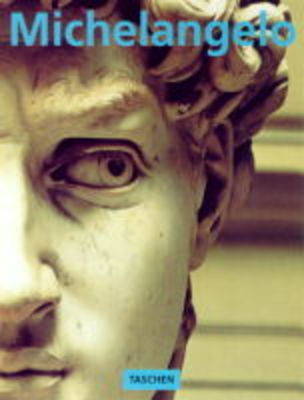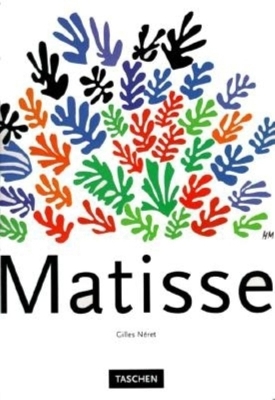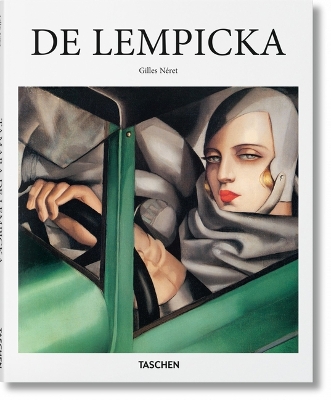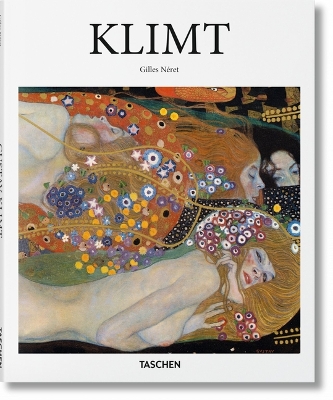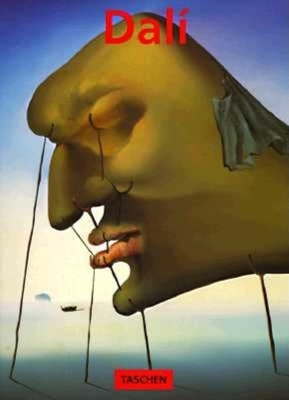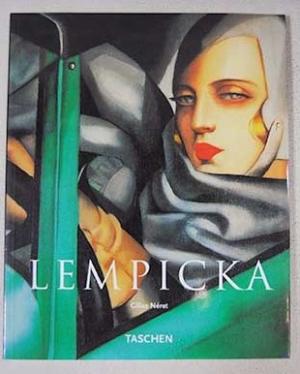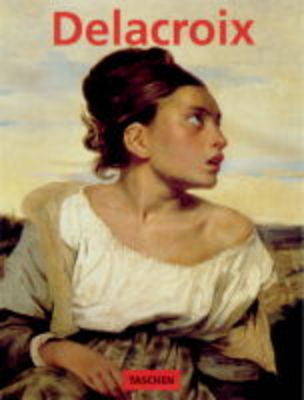Taschen Basic Art
8 total works
Italian-born Michelangelo di Lodovico Buonarroti Simoni (1475-1564) was a tormented, prodigiously talented, and God-fearing Renaissance man. His manifold achievements in painting, sculpture, architecture, poetry, and engineering combined body, spirit, and God into visionary masterpieces that changed art history forever. Famed biographer Giorgio Vasari considered him the pinnacle of Renaissance achievement. His peers called him simply "Il Divino" ("the divine one").
This book provides the essential introduction to Michelangelo with all the awe-inspiring masterpieces and none of the queues and crowds. With vivid illustration and accessible texts, we explore the artist's extraordinary figuration and celebrated style of terribilita (momentous grandeur), which allowed human and biblical drama to exist in compelling scale and fervor. Through the power hubs of Renaissance Italy, we take in his major commissions and phenomenal capacity for compositional schemes, whether the famous Medici library in Florence, or the extraordinary 500-square-meter ceiling (1508-1512) in the Vatican's Sistine Chapel.
From the towering David to the aching grief and faith of The Pieta and the vivid drama of the Sistine Chapel's Last Judgment, this is a succinct, dependable reference to a true giant of art history and to some of the most famous artworks in the world.
About the series
Born back in 1985, the Basic Art Series has evolved into the best-selling art book collection ever published. Each book in TASCHEN's Basic Art series features:
a detailed chronological summary of the life and oeuvre of the artist, covering his or her cultural and historical importance
a concise biography
approximately 100 illustrations with explanatory captions
Every book in TASCHEN's "Basic Art" series features: a detailed chronological summary of the artist's life and work, covering the cultural and historical importance of the artist; approximately 100 color illustrations with explanatory captions; and, a concise biography.
Painter, sculptor, writer, filmmaker, and all-round showman Salvador Dali (1904-1989) was one of the 20th century's greatest exhibitionists and eccentrics. One of the first artists to apply the insights of Freudian psychoanalysis to art, he is celebrated in particular for his surrealist practice, with such conceits as the soft watches or the lobster telephone, now hallmarks of the surrealist enterprise, and of modernism in general.
Dali frequently described his paintings as "hand-painted dream photographs." Their tantalizing tension and interest resides in the precise rendering of bizarre elements and incongruous arrangements. As Dali himself explained, he painted with "the most imperialist fury of precision," but only "to systematize confusion and thus to help discredit completely the world of reality."Revolutionizing the role of the artist, the mustache-twirling Dali also had the intuition to parade a controversial persona in the public arena and, through printmaking, fashion, advertising, writing, and film, to create work that could be consumed and not just contemplated on a gallery wall.
This book explores both the painting and the personality of Dali, introducing his technical skill as well as his provocative compositions and challenging themes of death, decay, and eroticism.
About the series
Born back in 1985, the Basic Art Series has evolved into the best-selling art book collection ever published. Each book in TASCHEN's Basic Art series features:
a detailed chronological summary of the life and oeuvre of the artist, covering his or her cultural and historical importance
a concise biography
approximately 100 illustrations with explanatory captions
There are over 1,000 catalogued works by Sir Peter Paul Rubens (1577–1640), the 16th-century flag bearer for Baroque drama, movement, and sensuality. This essential introduction takes in the most important works from this astonishingly prolific oeuvre to explore Rubens’s influences and innovations, and his remarkable visual, and art historical, impact.
The richly illustrated survey takes in Rubens’s portraits, landscapes, and historical paintings, as well as his famed and bountiful nudes. Along the way, we examine the artist’s astonishing technique and his deft ability to depict narrative in a compelling and legible visual form, whether an erotic mythological scene or a tender biblical story. This remarkable artistic bravura is placed in context both within Rubens’s long art historical legacy through Van Dyck, Velázquez, and beyond, and his other talents as a classical scholar, diplomat, and knight.
